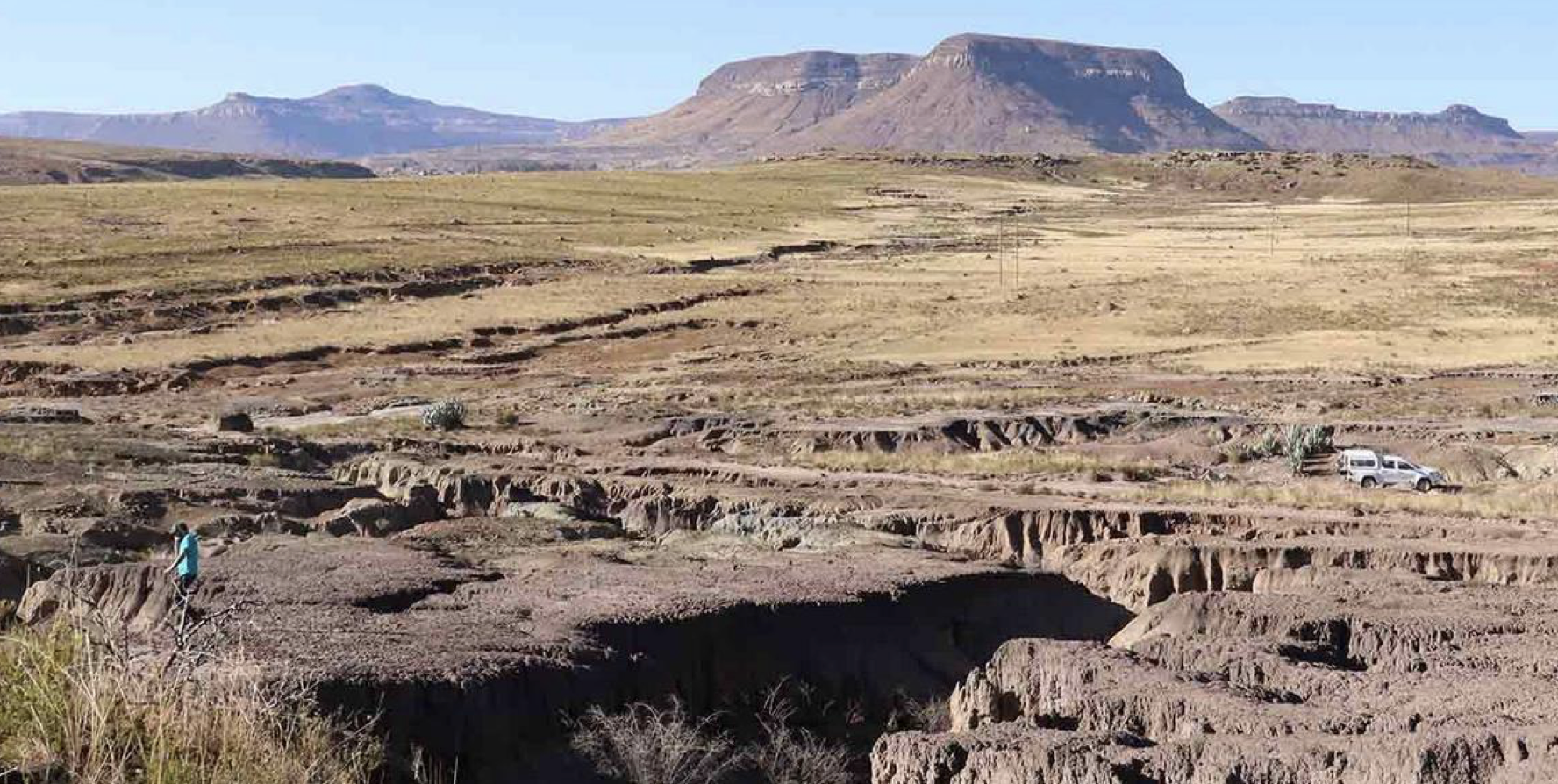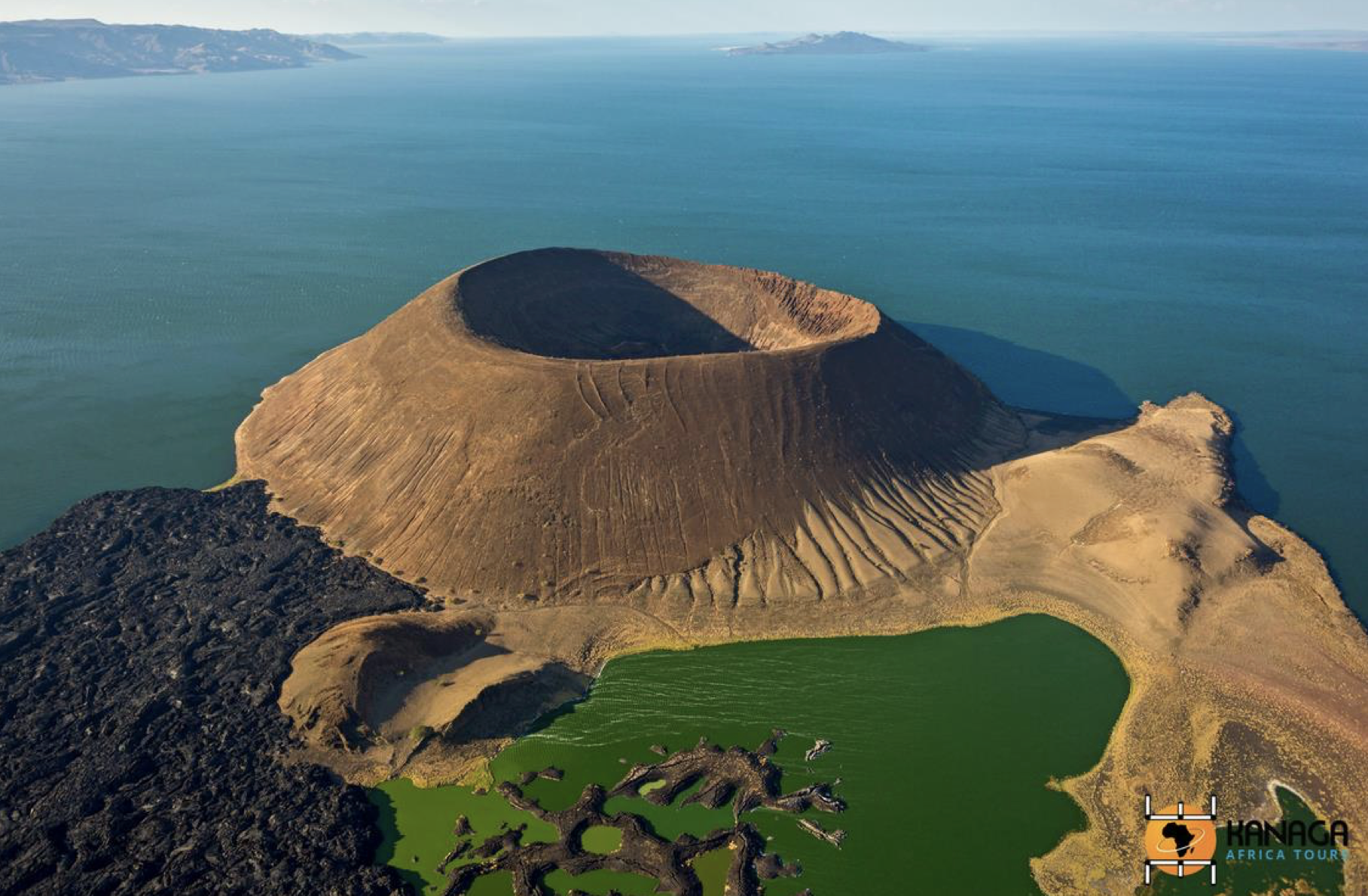Argentina & Africa sites - Finding Fossils
1/22
There's no tags or description
Looks like no tags are added yet.
Name | Mastery | Learn | Test | Matching | Spaced |
|---|
No study sessions yet.
23 Terms
yes
Do both UK sites have parking & toilets right near the beach?
Stonebarrow & Black Ven
What are the two areas called at Charmouth?
plan/planning
Which part of the UK Fossil Collecting Code of conduct was listed twice?
Jaramillo Petrified Forest NP
Santa Cruz, Argentina
largest petrified trees in the world
very remote

Jaramillo items
food, water, & gas
Jaramillo rules
NO COLLECTING! (national park)
just see fossils in situ
DON’T GO IN WINTER!!!
aka our summer
Best time: Oct. - Mar.
Jaramillo time period
Late Jurassic: 150 mya
Ice Age
this site is 140 km away from Jaramillo
a glyptodon & sloth were found here
Qhemegha (South Africa)

Qhemegha - fossils
Sauropodomorphs — cow-sized Sauropod relatives
Theropods — predators
Mammal fossils — smaller mammal-like reptiles
Pseudosuchians — extinct relative of crocodiles
Qhemegha - time period/formation
Late Triassic: 214 mya
lower Elliot Formation — used to have vast river systems
Qhemegha - speakers
Roger Benson — Museum Macaulay Curator
Jonah Choiniere — professor at the University of Witwatersrand
Meng Jin — Curator
Sginyane (“Sgi”) Ralane — community pioneer
Qhemegha - transporting fossils
they left the bones in the matrix & plastered the rock
pedestaling
Qhemegha - why so many dino bones?
During the Jurassic, when the Atlantic Ocean was being formed, major climate events took place that only the dinosaurs could survive.
Qhemegha - layers of rock
Late Triassic — oldest
End-Triassic Mass Extinction — 201 mya
studying the fossils to figure out what species were around just before the event & who went extinct during it
Early Jurassic — 200 mya
Pleistocene & Cretaceous
What time periods are fossils found from at West Runtun?
false
It is okay to dig in the cliffs at any of the UK sites we discussed, just don’t use a hammer.
ammonites
What is the main type of fossil found at the Charmouth areas?
Lake Turkana, Kenya
area is known as a “cradle of human life”:
evidence that hominids lived here 4.2 mya

Lake Turkana - speaker
Dr. Jason Lewis
paleoanthropologist at the Turkana Basin Institute
understand early hominid behavior through the fossil record
Lake Turkana - conditions
continuous laying down of sediment preserved the fossils
geological activity brought them back up again
very dry like a desert
Lake Turkana - fossil
pig mandibles — useful bc this species changed a lot over time
if they find a fossil, they can figure out the species & what time period they lived in